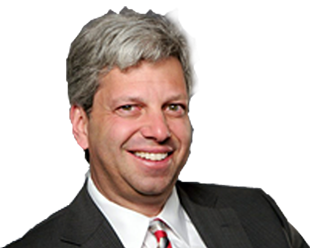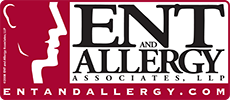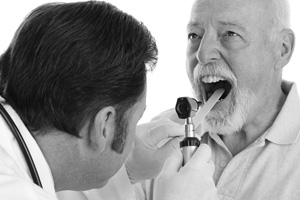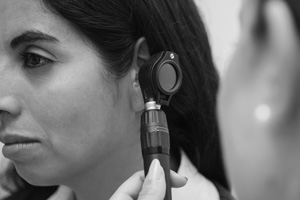View the complete list of conditions
Types of Endoscopic Treatments
Endoscopy procedure or therapeutic endoscopy are treatments or procedures done by using an endoscope. An otolaryngologist in NYC can perform these procedures for throat and nose irregularities. Some disorders that cause a need for sinus endoscopy treatments include chronic sinusitis, recurrent sinusitis, nasal polyposis, antrochanal polyps, sinus mucoceles, excision of selected tumors, cerebrospinal fluid leak closure, orbital decompression, optic nerve decompression, choanal atresia repair, foreign body removal, and epistaxis control. If your condition is severe, you may need to find a doctor who does endoscopic surgery in midtown.
Endoscopic treatment is the actual surgery performed using an endoscope to alleviate or eliminate problem areas of the body that are not exclusive to the ear and throat. An endoscope is a medical device-like camera with a light attached, inserted through a natural opening. Diagnostic endoscopy differs from endoscopy procedures; its purpose is to visualize the area in question, and aid in the diagnoses. As mentioned earlier, endoscopic treatments are done to treat many different areas of the body. Types of endoscopic treatment include arthroscopy, colonoscopy and sigmoidoscopy, cystoscopy and ureteroscopy, endoscopic retrograde cholangiopancreotography, laparoscopy, nasal polypectomy and bronchoscopy.
Arthoscopy involves inserting an endoscope through a small incision near a joint to treat joint abnormalities. In colonoscopy and sigmoidoscopy procedures, the doctor will insert the endoscope into the large intestine through the anus in order to treat the complications to the large intestine. Cystoscopy and ureteroscopy treats the urethra, bladder, and ureters, or the urinary system. The endoscope is inserted through the urethra into the bladder. Endoscopic retrograde cholangiopancreatography is performed through the mouth by inserting the endoscope into the esophagus, stomach, and duodenum. This treatment treats gallstones and pancreatitis. Laparoscopy treats the abdomen and pelvis using an endoscope to visualize the abdominal or pelvic area through a small incision.
The types of endoscopic treatments that are considered sinus endoscopy are bronchoscopy and nasal polypectomy. An otolaryngologist in NYC will be able to diagnose and treat diseases or disorders that require these treatments. Bronchoscopy involves treating the airways and lungs. The endoscope is inserted through the mouth or nose into the windpipe and lungs. This treatment can be done to treat problems such as an object in the lungs or a growth in the airways. The two types of bronchoscopy are flexible bronchoscopy and rigid bronchoscopy. Flexible bronchoscopy involves a long, thin, light-attached tube (endoscope) that looks at your airways, and is done without anesthesia. General anesthesia is required for a rigid bronchoscopy. The endoscope used is a straight, hollow metal tube. This procedure is used when there is bleeding in the airway; when there is a tissue sample to be removed; and/or when there is an object, such as a piece of food, to be cleared from the airway.
Nasal polypectomy is an endoscopic treatment involving the removal of nasal polyps. If the polyps are recurrent, it may be necessary for them to be removed from the deeper ethmoid, sphenoid, and maxillary sinus linings. Nasal polyps are caused by an over production of fluid in the mucous membranes, and is frequently seen in people with asthma, allergic, rhinitis, vasomotor rhinitis, as well as certain types of drug use. If you need relief from any of the above-mentioned conditions, seek endoscopic surgery in midtown Manhattan.
Conditions
Ears
Nose
- Ballon Sinusplasty Surgery
- Concha
- Deviated Septum Relief In NYC
- Deviated Septums
- Fixing a Deviated Septum
- Identifying A Deviated Septum
- How Do I Know if My Nose is Broken?
- Nasal Polyps
- Nasal Polyp Surgery
- Nasal Septums
- NYC Nasal Polyp Reduction
- Septoplasty And Turbinate Surgery
- Treating a Deviated Septum
- Treating Nasal Polyps
- Turbinate Reduction
Throat
- Dysphagia
- Leukoplakia Treatments
- Reflux Laryngitis
- Swallowing Disorders
- Treating Anosmia
- Vocal Disorders
Allergies & Asthma
- Dealing With Allergic Rhinitis
- Managing Allergies and Asthma
- How to Allergy-Proof Your Home from Indoor Allergens
Sinus
- Chronic Sinusitis Treatment
- Endoscopic Sinus Surgeries
- Sinus Headache Cure
- Sinus Infection Treatment
- Sinusitis Surgery
- Treating Sinus Infections
Sleep & Snoring
- Diagnosing Sleep Disorders
- Having Trouble Sleeping
- Home Sleep Studies
- Pillar Implants
- Pillar Treatment for Snoring
- Sleep Apnea Conditions
- Sleep Apnea Specialists
- Sleepless in NYC
- Sleep Study Diagnosis
- Can Snoring Cause Health Issues?
- Treating Sleep Apnea
- Treating Snoring
- What is a CPAP Device?





